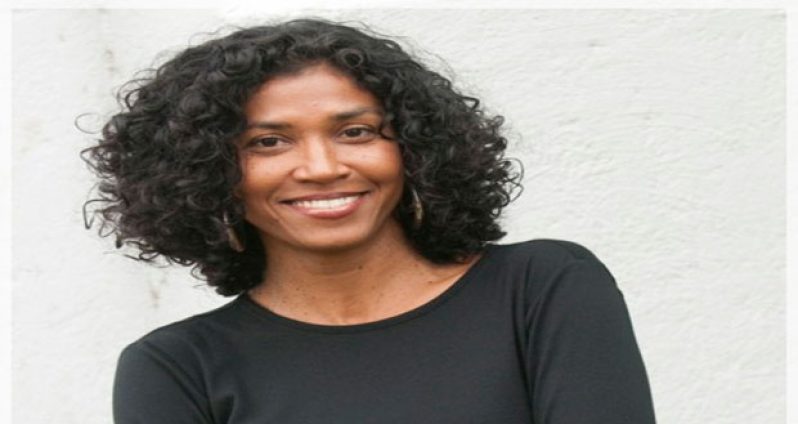(The following is an Extract of an interview that I had done with Oonya Kempadoo in Georgetown, Guyana in February , 2015. Kempadoo’s first novel, BUXTON SPICE, was an instant success. It was on the London bestseller list throughout 1999, nominated for the 2000 International IMPAC Dublin Literary Award. The novel was translated in French, Italian, Dutch, Spanish, Portuguese and Hebrew. Her second novel, TIDE RUNNING, won the Casa de las Americas Literary Prize of Cuba. Kempadoo’s third novel was recently released.)PP: [Writers who had some influence on Kempadoo’s work included Steinbeck, Naipaul, and Selvon.] Some other influences?
OK: Well, Earl Lovelace – you mentioned earlier. In Trinidad, when I started writing and after I put the manuscript together for ‘Buxton Spice’, I sent it to him. Earl is fluent in his writing but to get him to speak about writing is not easy. So all he said when asked, was ‘you’ve got something’. But at the time it meant a lot to me.
Then there was Jeremy Taylor who is an English writer and editor of ‘Caribbean Beat’, reviewer of books…
PP: In ‘ The Caribbean Review of Books’
OK: Yes, and he is a great lover of Caribbean literature. He also has a collection of stories, ‘Going to ground’. I like his short story style. He was and still is very helpful to me in my writing; he is one of my trusted reviewer and critic.
PP: Still on influences, influences from your formative days that coloured, added colour to your writing.
OK: I’d like to focus on Caribbean literature but I grew up reading world literature – some Irish writers, some Scottish writers. Steinbeck again for an eye on details and the humanity that inhabits his writing.
Raymond Carver is another writer whose work I really, really admire. His style is not about use of fancy words and the beauty of the language on the page but the essence of what he captures – the subtleties and tension among the characters and the human drama in a simple setting.
Pauline Melville’s work is a real joy to read, multilayered as it is….
PP: Mixed with healthy dose of magic realism….
OK: Which brings me to Marques and Isabel Allende whose magic realism gives you the ability to moves in different realms. I think the Anglo/Anglicised writing tend to be too structured, too still, and stuck on reality. Pauline Melville does this [magic realism] well, a real joy to read.
And the Caribbean poets as well. Take Martin Carter, for instance, while I was growing up here [Guyana] and preparing of ‘A’ Levels, his work was influential to the process of creating. So I would be drawn to paint or write fragments then. Stanley Greaves was my teacher for ‘A’ Levels.
PP: Which brings us to another dimension of the arts – transforming one art form into another – books to films/films to books; I know this is being done with one of your books, ‘Tide Running’. What do you think about this – transforming one art form into another?
OK: I think the mediums are connected and one influences the other and it is very difficult to disconnect them. Like Walcott’s work that goes from theatre to poetry to performance – it is an honour for any writer to have their work transformed and adapted to other mediums.
In writing ‘Tide Running’, you know the movie, ‘The Harder they Come’…
PP: Yes.
OK: The true form for ‘Tide Running’ is film although it is a very internal story. The script is still in development; it is a difficult transition but very interesting process. So it is very important now to respect the medium that works best for the portrayal and consumption of your story idea.
My current medium is what the story itself dictates. For instance now I am working on a nonfiction narrative….
PP: Creative nonfiction…
OK: Yes, creative nonfiction. I tried working the idea into a novel but it wouldn’t work so I’ve gone back to creative nonfiction.
My other work in progress is a story that can be manifested as a graphic novel, a video, or an animated short clip, or a children book, or a series – serialised story. The story itself, the characters, the things you’re trying to manifest, is dictated by what medium that can best give it a good life. So it is important not to be obsessed with getting the idea out in one medium
PP: So the creator of an idea should experiment with various art forms before committing to any one form.
(Responses to this author telephone (592) 226-0065 or email: oraltradition2002@yahoo.com)
by Petamber Persaud



.jpg)










